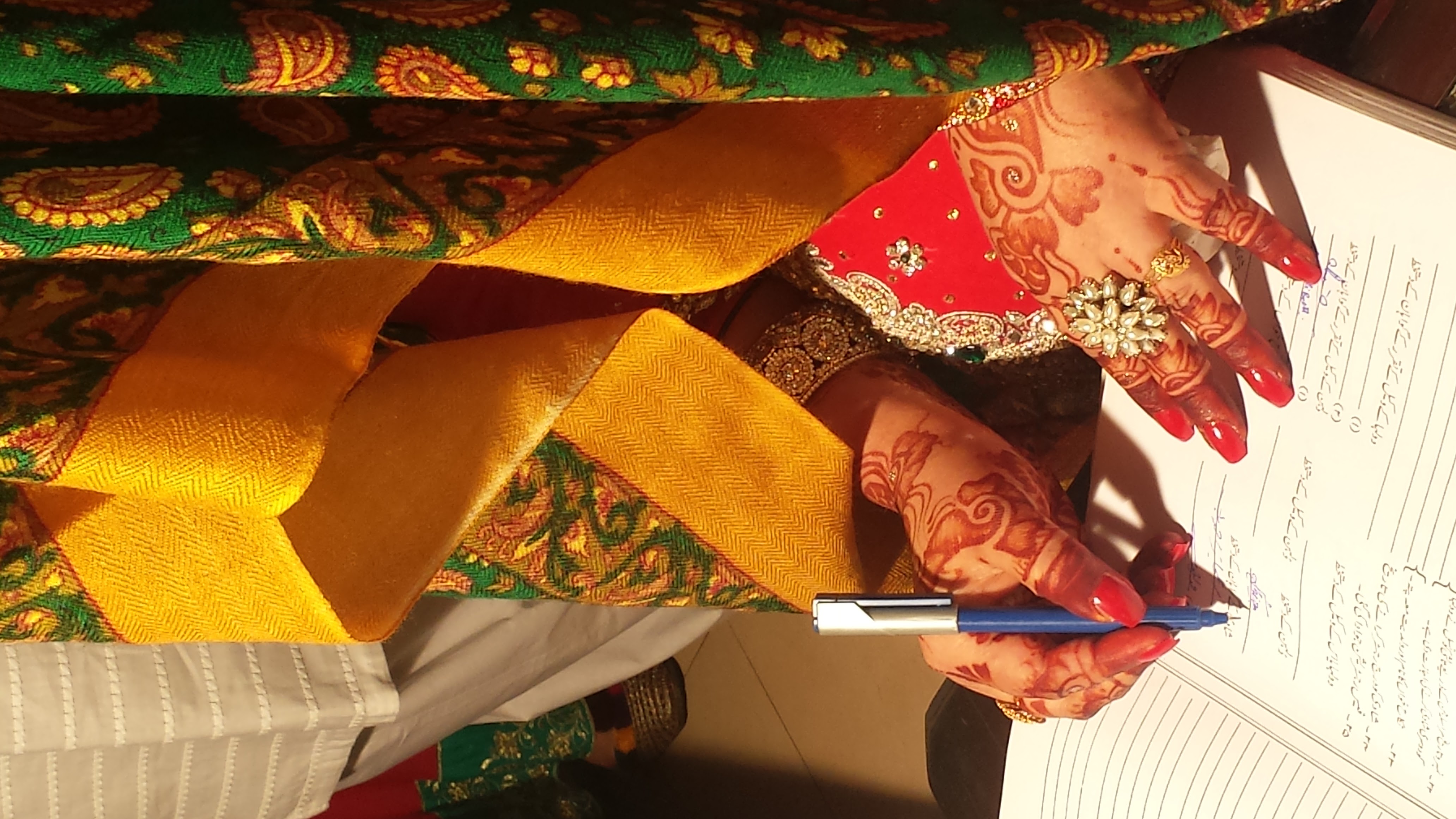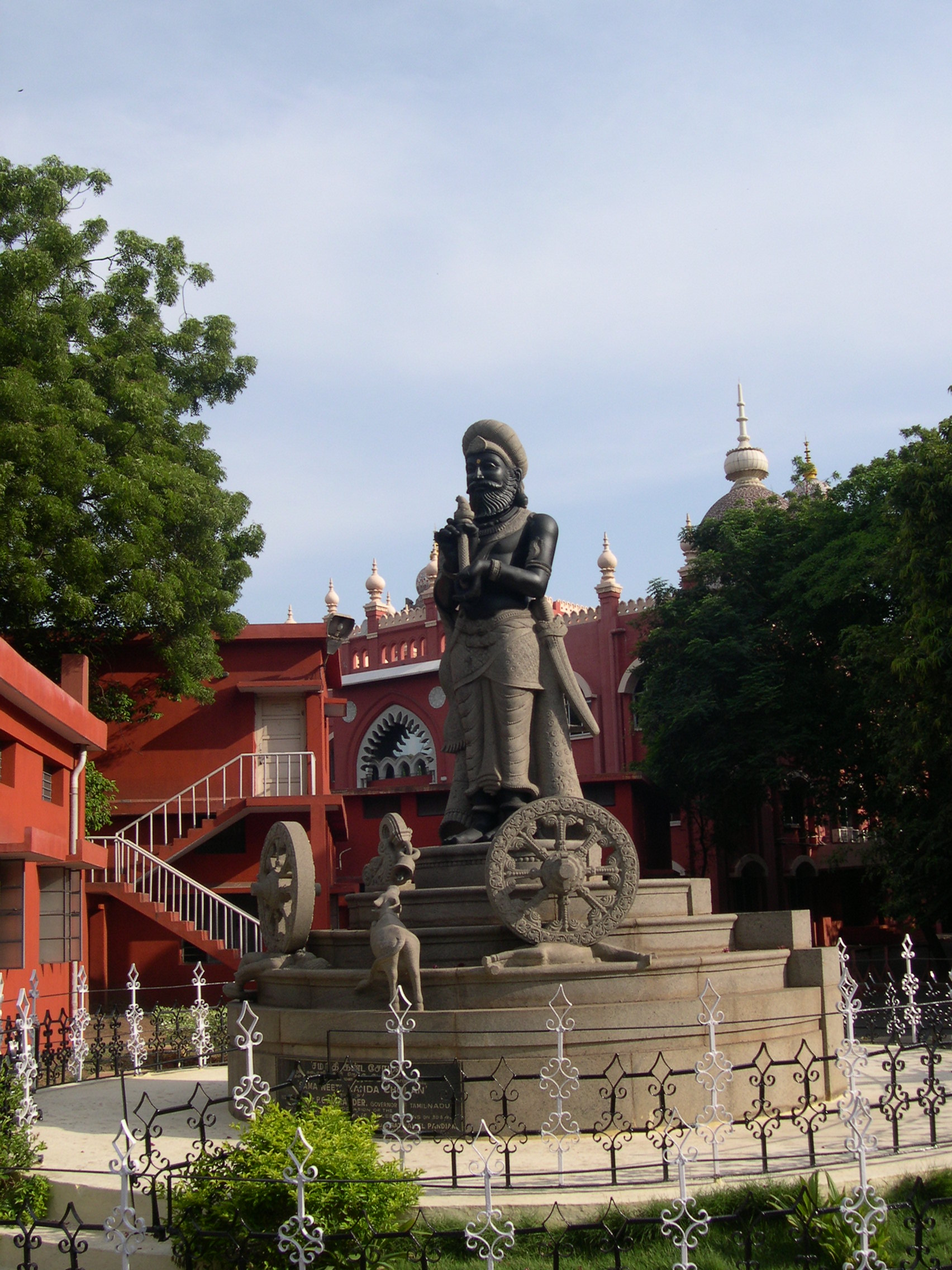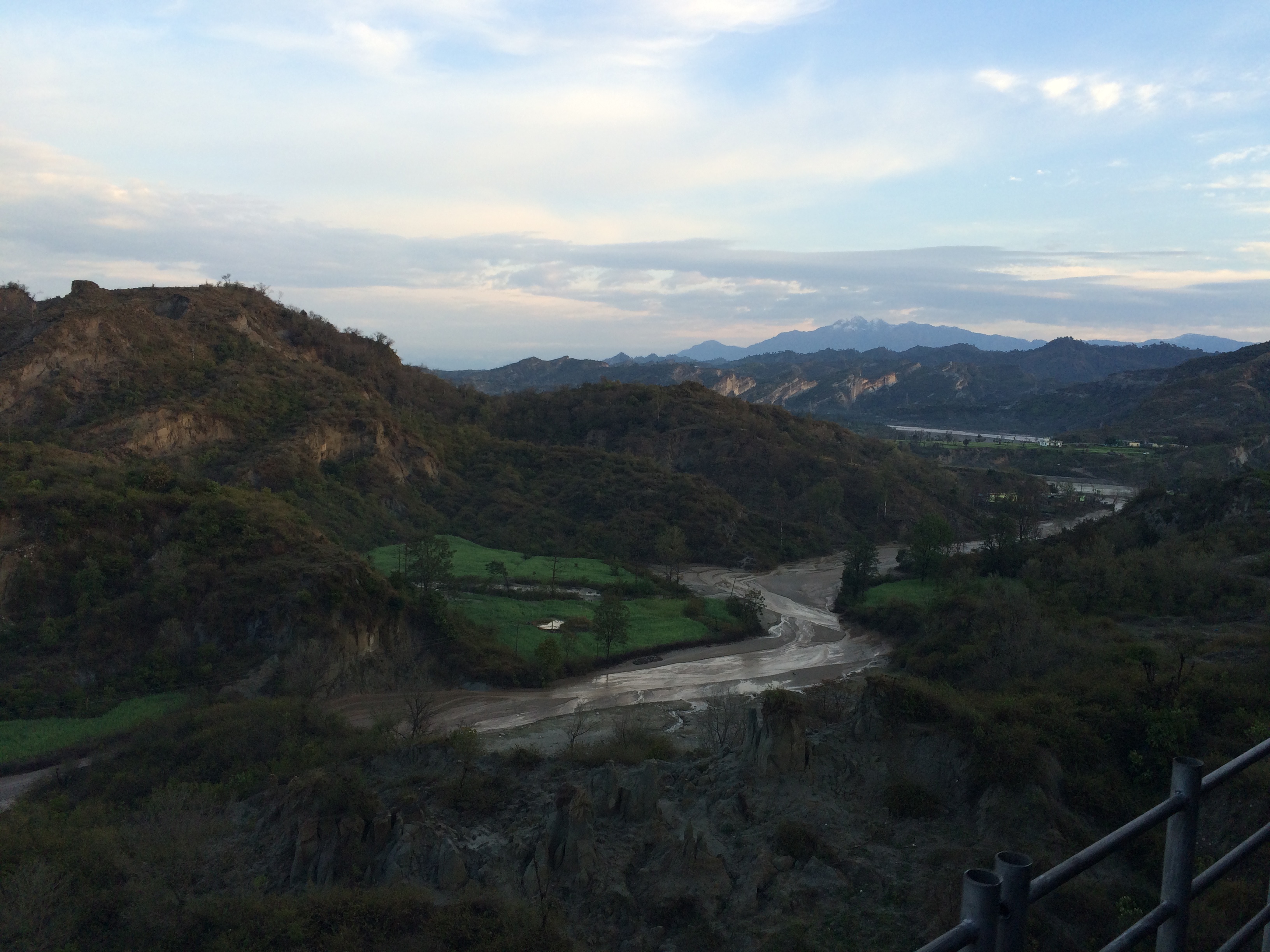|
Child Marriage In India
Child marriage in India, according to the Indian law, is a marriage where either the woman or man is below the age of 21. Most child marriages involve girls, many of whom are in poor socio-economic conditions. Child marriages are prevalent in India. Estimates vary widely between sources as to the extent and scale of child marriages. A 2015–2016 UNICEF report estimated that India's child marriage rate is 27%. The Census of India has counted and reported married women by age, with proportion of females in child marriage falling in each 10 year census period since 1981. In its 2001 census report, India stated zero married girls below the age of 10, 1.4 million married girls out of 59.2 million girls aged 10–14, and 11.3 million married girls out of 46.3 million girls aged 15–19. [...More Info...] [...Related Items...] OR: [Wikipedia] [Google] [Baidu] |
Nikah
In Islam, nikah is a contract between two people. Both the groom and the bride are to consent to the marriage of their own free wills. A formal, binding contract – verbal or on paper – is considered integral to a religiously valid Islamic marriage, and outlines the rights and responsibilities of the groom and bride. Divorce in Islam can take a variety of forms, some executed by a husband personally and some executed by a religious court on behalf of a plaintiff wife who is successful in her legal divorce petition for valid cause. In addition to the usual marriage until death or divorce, there is a different fixed-term marriage known as ("temporary marriage") permitted only by the Twelver branch of Shi'ite for a pre-fixed period.Berg, H"Method and theory in the study of Islamic origins" Brill 2003 , 9789004126022. Accessed at Google Books 15 March 2014.Hughes, T"A Dictionary of Islam." Asian Educational Services 1 December 1995. Accessed 15 April 2014.Pohl, F"Muslim worl ... [...More Info...] [...Related Items...] OR: [Wikipedia] [Google] [Baidu] |
Madras High Court
The Madras High Court is a High Court in India. It has appellate jurisdiction over the state of Tamil Nadu and the union territory of Puducherry. It is located in Chennai, and is the third oldest high court of India after the Calcutta High Court in Kolkata and Bombay High Court in Mumbai. The Madras High Court is one of three high courts of colonial India established in the three Presidency Towns of Madras, Bombay and Calcutta by letters patent granted by Queen Victoria, dated 26 June 1862. It exercises original jurisdiction over the city of Chennai, as well as extraordinary original jurisdiction, civil and criminal, under the letters patent and special original jurisdiction for the issue of writs under the Constitution of India. Covering 107 acres, the court complex is one of the largest in the world, second only to the Supreme Court of the United Kingdom. The High Court consists of 74 judges and a chief justice. History From 1817 to 1862, the Supreme Court of Madras was ... [...More Info...] [...Related Items...] OR: [Wikipedia] [Google] [Baidu] |
Karnataka High Court
Karnataka (; ISO: , , also known as Karunāḍu) is a state in the southwestern region of India. It was formed on 1 November 1956, with the passage of the States Reorganisation Act. Originally known as Mysore State , it was renamed ''Karnataka'' in 1973. The state corresponds to the Carnatic region. Its capital and largest city is Bengaluru. Karnataka is bordered by the Lakshadweep Sea to the west, Goa to the northwest, Maharashtra to the north, Telangana to the northeast, Andhra Pradesh to the east, Tamil Nadu to the southeast, and Kerala to the southwest. It is the only southern state to have land borders with all of the other four southern Indian sister states. The state covers an area of , or 5.83 percent of the total geographical area of India. It is the sixth-largest Indian state by area. With 61,130,704 inhabitants at the 2011 census, Karnataka is the eighth-largest state by population, comprising 31 districts. Kannada, one of the classical languages of India, is ... [...More Info...] [...Related Items...] OR: [Wikipedia] [Google] [Baidu] |
Gujarat High Court
The Gujarat High Court is the High Court of the state of Gujarat. It was established on 1 May 1960 under the ''Bombay Re-organisation Act, 1960'' after the state of Gujarat split from Bombay State. The seat of the court is Ahmedabad. The present strength of the Gujarat High court is 27 against sanctioned strength of 52. Establishment This High Court was established on 1 May 1960 as a result of bifurcation of the former State of Bombay into two States of Maharashtra and Gujarat. The High Court started functioning near Akashwani, Navrangpura, Ahmedabad. The High Court had later shifted to the new building at Sarkhej - Gandhinagar Highway, Sola, Ahmedabad, Gujarat, from 16 January 1999. Jurisdiction The Gujarat High Court has jurisdiction over the entire state of Gujarat. It has jurisdiction on all district, administrative and other courts in Gujarat. This high court is a Court of record and empowered to punish anyone for contempt of court. Powers Unlike Union Judiciary, the st ... [...More Info...] [...Related Items...] OR: [Wikipedia] [Google] [Baidu] |
Rupees
Rupee is the common name for the currencies of India, Mauritius, Nepal, Pakistan, Seychelles, and Sri Lanka, and of former currencies of Afghanistan, Bahrain, Kuwait, Oman, the United Arab Emirates (as the Gulf rupee), British East Africa, Burma, German East Africa (as Rupie/Rupien), and Tibet. In Indonesia and the Maldives, the unit of currency is known as ''rupiah'' and ''rufiyaa'' respectively, cognates of the word rupee. The Indian rupees () and Pakistani rupees () are subdivided into one hundred paise (singular ''paisa'') or pice. The Nepalese rupee (रू) subdivides into one hundred paisa (singular and plural) or four sukaas. The Mauritian, Seychellois, and Sri Lankan rupees subdivide into 100 cents. Etymology The Hindustani word ''rupyā'' is derived from the Sanskrit word ''rūpya'' (), which means "wrought silver, a coin of silver", in origin an adjective meaning "shapely", with a more specific meaning of "stamped, impressed", whence "coin". It is derived f ... [...More Info...] [...Related Items...] OR: [Wikipedia] [Google] [Baidu] |
Kashmir
Kashmir () is the northernmost geographical region of the Indian subcontinent. Until the mid-19th century, the term "Kashmir" denoted only the Kashmir Valley between the Great Himalayas and the Pir Panjal Range. Today, the term encompasses a larger area that includes the Indian-administered territories of Jammu and Kashmir and Ladakh, the Pakistani-administered territories of Azad Kashmir and Gilgit-Baltistan, and the Chinese-administered territories of Aksai Chin and the Trans-Karakoram Tract. Quote: "Kashmir, region of the northwestern Indian subcontinent. It is bounded by the Uygur Autonomous Region of Xinjiang to the northeast and the Tibet Autonomous Region to the east (both parts of China), by the Indian states of Himachal Pradesh and Punjab to the south, by Pakistan to the west, and by Afghanistan to the northwest. The northern and western portions are administered by Pakistan and comprise three areas: Azad Kashmir, Gilgit, and Baltistan, ... The southern and so ... [...More Info...] [...Related Items...] OR: [Wikipedia] [Google] [Baidu] |
Jammu
Jammu is the winter capital of the Indian union territory of Jammu and Kashmir (union territory), Jammu and Kashmir. It is the headquarters and the largest city in Jammu district of the union territory. Lying on the banks of the river Tawi River, Tawi, the city of Jammu, with an area of , is surrounded by the Himalayas in the north and the Indo-Gangetic Plain, northern-plains in the south. Jammu is the second most populous city of the union territory. Three battles have been fought in the city: first by the founder Raja Mal Dev against Timur in Battle of Jammu (1399), second by Sardar Bhag Singh against Mughal army in Battle of Jammu (1712) and the third by Mian Dido & Maharaja Gulab Singh against Ranjit Singh's army in Battle of Jammu (1808). Known as the ''City of Temples'' for its ancient temples and Hindu shrines, Jammu is the most visited place in the union territory. Jammu city shares its borders with the neighbouring Samba district. Etymology According to local tradit ... [...More Info...] [...Related Items...] OR: [Wikipedia] [Google] [Baidu] |
Hyderabad State
Hyderabad State () was a princely state located in the south-central Deccan region of India with its capital at the city of Hyderabad. It is now divided into the present-day state of Telangana, the Kalyana-Karnataka region of Karnataka, and the Marathwada region of Maharashtra in India. The state was ruled from 1724 to 1857 by the Nizam, who was initially a viceroy of the Mughal empire in the Deccan. Hyderabad gradually became the first princely state to come under British paramountcy signing a subsidiary alliance agreement. During British rule in 1901 the state had an average revenue of Rs. 417,000,000, making it the wealthiest princely state in India. The native inhabitants of Hyderabad Deccan, regardless of ethnic origin, are called "Mulki" (countryman), a term still used today. The dynasty declared itself an independent monarchy during the final years of the British Raj. After the Partition of India, Hyderabad signed a standstill agreement with the new dominion of India ... [...More Info...] [...Related Items...] OR: [Wikipedia] [Google] [Baidu] |
South Asia
South Asia is the southern subregion of Asia, which is defined in both geographical and ethno-cultural terms. The region consists of the countries of Afghanistan, Bangladesh, Bhutan, India, Maldives, Nepal, Pakistan, and Sri Lanka.;;;;;;;; Topographically, it is dominated by the Indian subcontinent and defined largely by the Indian Ocean on the south, and the Himalayas, Karakoram, and Pamir mountains on the north. The Amu Darya, which rises north of the Hindu Kush, forms part of the northwestern border. On land (clockwise), South Asia is bounded by Western Asia, Central Asia, East Asia, and Southeast Asia. The South Asian Association for Regional Cooperation (SAARC) is an economic cooperation organization in the region which was established in 1985 and includes all eight nations comprising South Asia. South Asia covers about , which is 11.71% of the Asian continent or 3.5% of the world's land surface area. The population of South Asia is about 1.9 billion or about one- ... [...More Info...] [...Related Items...] OR: [Wikipedia] [Google] [Baidu] |
West Bengal
West Bengal (, Bengali: ''Poshchim Bongo'', , abbr. WB) is a state in the eastern portion of India. It is situated along the Bay of Bengal, along with a population of over 91 million inhabitants within an area of . West Bengal is the fourth-most populous and thirteenth-largest state by area in India, as well as the eighth-most populous country subdivision of the world. As a part of the Bengal region of the Indian subcontinent, it borders Bangladesh in the east, and Nepal and Bhutan in the north. It also borders the Indian states of Odisha, Jharkhand, Bihar, Sikkim and Assam. The state capital is Kolkata, the third-largest metropolis, and seventh largest city by population in India. West Bengal includes the Darjeeling Himalayan hill region, the Ganges delta, the Rarh region, the coastal Sundarbans and the Bay of Bengal. The state's main ethnic group are the Bengalis, with the Bengali Hindus forming the demographic majority. The area's early history featured a succession ... [...More Info...] [...Related Items...] OR: [Wikipedia] [Google] [Baidu] |





